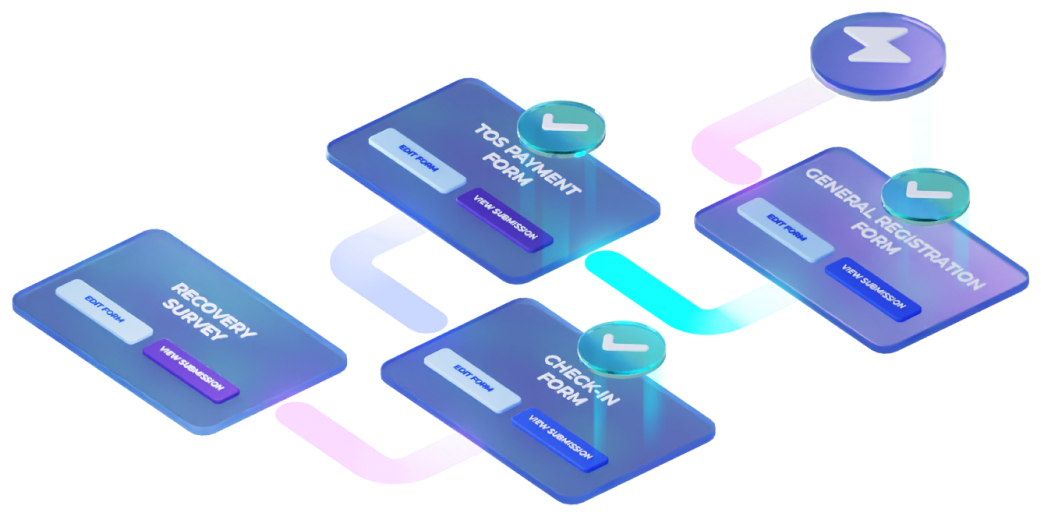
Company News Oct 15, 2022
Identifying the most common channel partner incentive program mistakes is critical to your program’s success. Great channel partner incentives can motivate your sales partners to sell your products or services and remain loyal long-term. But many programs make one or more of these common mistakes, costing their brand time and money and damaging partner relationships.
The state of the United States economy and supply chains worldwide makes sales more difficult than ever. Partners can be instrumental in opening doors to new markets, boosting sales, and increasing profit margins by lowering go-to-market costs. The best programs promote a mutualistic relationship between the partner and the brand and avoid these seven mistakes.
Mistake 1: not defining program goals or strategy
SMART sales goals are the foundation of a good channel partner incentive program. If you do not define what you want to achieve with the sales incentive program, it will cause misalignment between business and incentive plan objectives. It’s setting the organization up to throw money to the wind and hope something comes back.
Once you have decided which North Star metric aligns with your organization’s growth strategy, choose two or three key performance indicators (KPIs) that give you a good picture of how your program is tracking to that north star metric.
Some of the KPIs to consider are:
- Active pipeline value
- Opportunities per partner
- Training and completion activation rates
- Partner types (Active, pending, and inactive)
- Program abandonment rate
- Partner satisfaction
- Deal registrations
- Closed deals
- Prospect engagement rate
- Average deal size
- Percent of content engaged
- Discount percentage
- Profit per customer
Mistake 2: Inviting all your channel partners
When it comes to a mutualistic relationship, being selective is key. Inviting all your channel partners into your program opens your brand up to the possibility of wasted money and unnecessary complexity.
Vetting candidates thoroughly and choosing the right one based on their saturation and proximity to your target audience will help you avoid wasting dollars and resources on partners that don’t carry their weight. Compare partners regularly and cut or restructure any that aren’t performing to their peers.
Mistake 3: Not including partners and internal stakeholders in the planning
Channel partner incentive program mistakes often result from poor communication, especially in the planning process. Creating an individualized incentive program requires the participation of all internal and external stakeholders.
Ensure everyone involved knows what you expect of them. Involving internal stakeholders prevents conflict. Plus, your internal sales teams can lend partners a helping hand.
Provide as much visibility into the program’s mechanics and each partner’s progress towards their sales goal at as granular a level as possible, ideally through a partner portal or directly into their Salesforce or CRM software. Constant feedback from both sides is key to success. If your partners feel included in your incentive program planning and understand how it can help improve their business outcomes, they are more likely to adopt and promote it internally.
You might also like

Articles • 27 Oct 2022
7 Common Channel Partner Incentive Program Mistakes 2
Articles • 27 Oct 2022
Identifying the most common channel partner incentive program mistakes is critical to your program’s success. Great channel partner incentives can motivate your sales partners to sell your products...
Automate your practice
Start configuring your very own virtual assistant today, or select from pre-existing primary, specialty, or radiology templated workflows
